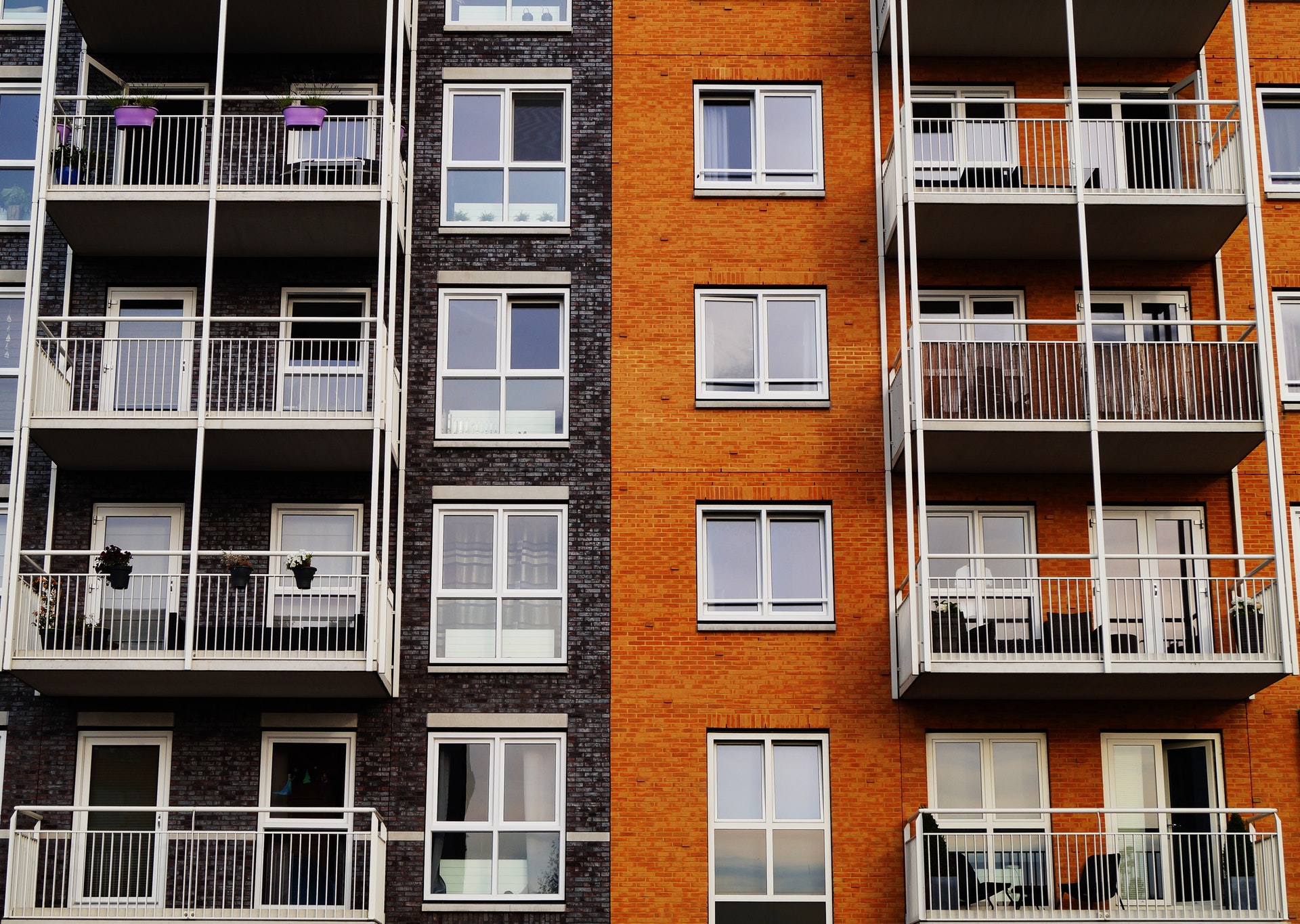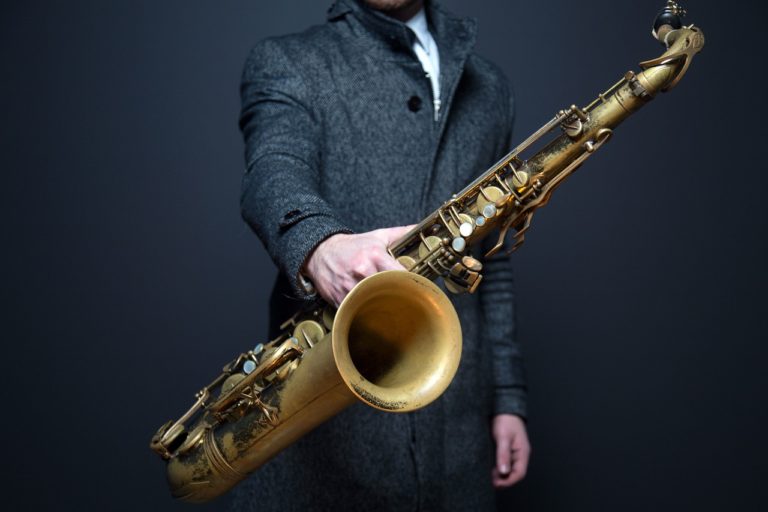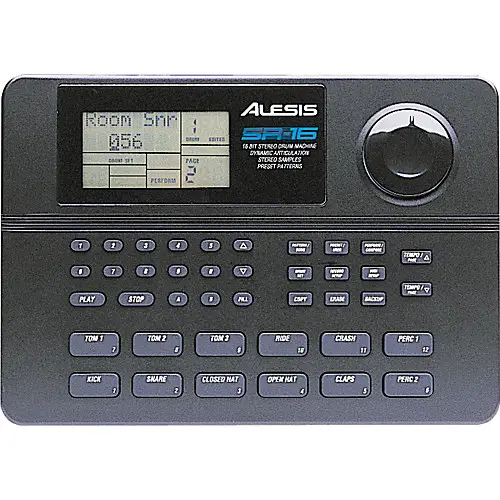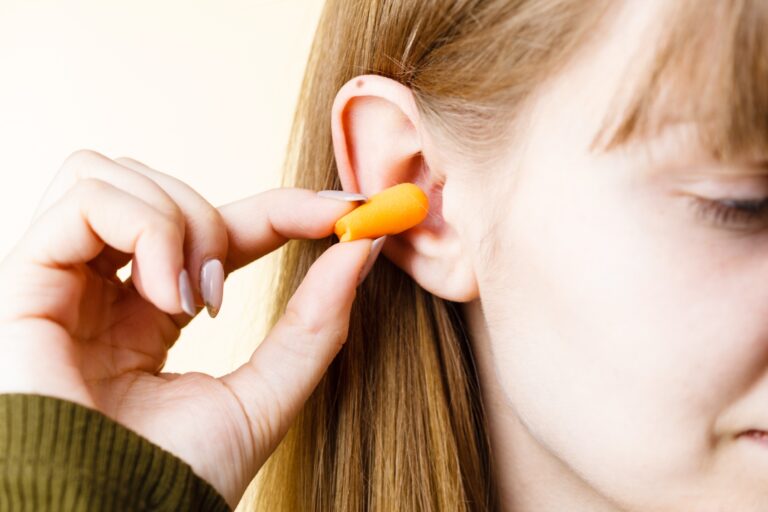Is Electric Guitar Too Loud for an Apartment?
Few people want to live near a concert stadium. Likewise, having an upstairs neighbor who graciously hosts their rock band rehearsals is a situation many would like to avoid. While jamming is fun, courtesy is necessary for close-quarter living arrangements.
So, is electric guitar too loud for an apartment? It depends on how you play an electric guitar. It is easy to use headphones and play for hours without a sound escaping your walls. However, playing through a high-wattage speaker cabinet is likely to draw complaints from neighbors.
Living with paper-thin walls yields a lot of responsibilities for tenants. From having noisy dogs to cranking the gain knob, some things are harder to (respectfully) do in an apartment.
Which is More Apartment-Friendly: An Electric or an Acoustic Guitar?
Electric guitars can get loud. Paired with the right amps, a single electric guitar can fill a stadium. Surprisingly, an electric guitar is still more apartment-friendly than an acoustic guitar.
This may seem counterintuitive. But when you remember that you can pair headphones with an electric guitar, it makes sense.
On the contrary, an acoustic guitar is built to be as loud as possible without the help of an amplifier. If you want to dial back the volume, you’re only option with an acoustic is to strum softer.
Granted, playing an acoustic guitar probably won’t disturb your neighbors. Unfortunately, many apartment buildings have lousy noise dampening. Without proper insulation, even quieter sounds travel farther than you’d expect.
If you live in an apartment building with cardboard walls, an electric guitar, a low wattage amp, and some guitar-playing headphones are your best bet. These items ensure that your setup is as quiet as possible while still enabling you to hear yourself play.
Can My Neighbors Hear Me Playing Guitar?
As an apartment-dwelling guitar player, I often pause and ask myself, “Is this too loud?” and “If I crank the volume just a tad, will I hear annoyed yelling?”
The truth is that this depends on your apartment complex. If you have neighbors on all sides yet rarely hear a peep (and pay above-average rent), you can be confident that your unit is well soundproofed. In this situation, neighbors are unlikely to hear you play an acoustic guitar or a low-powered amp.
But if you can hear the couple below you “romancing” each other, then the answer may unfortunately be yes — your neighbors can hear you. To avoid contributing to the noise problem, consider playing your guitar with high-quality headphones.
With the right pair of headphones, you’ll be able to experience a concert-like sound environment without being a nuisance. After all, it’s important to be courteous but it’s vital that you get to enjoy your hobby.
Why Playing Loudly in an Apartment is Annoying
There are a few guitarists who wonder, “Why would I bother anyone? I am amazing!”
Unfortunately, such guitarists are the most likely to become despised by nearby residents. No matter how good you are, loud noises are distracting. This is especially true nowadays as more people work from home and require concentration.
Thus, noise etiquette is more important than ever.
The most frustrating element is that it can be avoided. There is no need to have a 100-watt guitar amp cabinet at full volume in an apartment. Such equipment is designed for venues where noisy patrons congregate.
If you’re doing solo practice, there is no reason to broadcast it. Cheap wired earbuds and an instrument to aux adapter is all you need to avoid annoying others. If you play an acoustic guitar and don’t have the option to wear earbuds, just be cognizant of your strumming.
How to Practice Guitar in an Apartment Quietly
Nobody should expect you to stop playing guitar altogether. While you might not be able to host a live venue in your apartment, there are numerous ways to reduce your playing volume while still having a blast.
Most importantly are headphones. We’ve already mentioned this several times, but it’s worth repeating. Great headphones offer a comparable or superior experience to playing through a speaker.
Of course, this depends on what you’re able to pay. Many models offer noise cancellation so you can drown out all the romancing couples and drunk people with poor music tastes. The best guitar-playing headphones are between $200 and $500 and there’s little reason to spend more than that. However, this can be a lot to ask.
In-ear monitors are another great choice. While these kinds of earbuds are designed for singers, they’re great for guitarists, too. They also tend to offer the best sound quality for their price, as they forego non-essentials like flashy charging cases in favor of high fidelity, accurate tones.
How to Practice Acoustic Guitar Quietly
“But what if I have an acoustic guitar?” you may wonder.
While some acoustic guitars have instrument jacks, not all do. And of the ones that do, most are subpar.
If you can’t play through headphones, do not fear. There are creative strategies to lower your volume while still being able to hear your guitar!
- Swap your strings. Strings have the biggest impact on tone and volume. Generally, thicker strings are louder as they require more force to play. To soften your acoustic guitar’s tone, pick up some extra light strings from Amazon, Sweetwater, or your local music shop. Your fingers will also thank you.
- Block the sound hole. The hollow insides give acoustic guitars their volume. If you make it harder for sound to enter, you’ll reduce the overall volume. The most straightforward method is buying a feedback dampener and placing it over the sound hole. Alternatively, you can cover it with cardstock if you’re thrifty.
- Use palm muting. Palm muting is a technique in which you rest your strumming palm close to the bridge. It reduces your strings’ ability to vibrate, thus reducing volume. Once mastered, palm muting gives you immense control over your guitar’s tone. So even if you choose another method to play quietly, you should still practice palm muting if you haven’t already!
- Strum with your thumb. Picks are great for intensifying sound. Unfortunately, this can be a problem when you live in an apartment. Using your thumb to strum chords creates a softer tone that won’t pierce through walls as easily.
You can try one of these methods or all of them. The effectiveness stacks, so each added precaution will further reduce volume.
Best Setup for Playing Guitar in an Apartment
As we mentioned, electric guitars are the counterintuitive queens of apartment jam sessions. Because they’re electric, you can fine-tune the volume to be as loud or as quiet as you need.
The best apartment guitar setup includes:
- An electric guitar
- An instrument cable (right angle or straight)
- A low-powered amp
- Headphones or in-ear monitors
Or for an apartment recording studio:
- An electric guitar
- An instrument cable
- An audio interface
- A computer with digital audio workstation (DAW) software
- Music production headphones
Honestly, there are few limits to playing guitar in an apartment that do not have creative workarounds. Band rehearsals may be tricky, but even those can be done through headphones.
What Kind of Amp is Best for an Apartment?
Even if you use headphones, you still need an amp. Note: there’s a difference between an amp and a speaker. Most “amps” are combo amps, meaning the amplifier and speaker are combined into a single box.
Technically, headphones are speakers. Once you have headphones, you only need an amp to go with them. Also, while it may be tempting, we do not recommend plugging headphones directly into your guitar.
Instead, we recommend you buy an amp like this one. It’s compact, (relatively) affordable, and offers excellent sound quality for practicing. This model also includes Bluetooth connectivity, so you don’t need to buy an additional pair of wired earbuds if you threw yours out.
Conclusion
An electric guitar is not too loud for an apartment. However, the equipment you use to amplify your guitar can certainly be noisy. Fortunately, electric guitars are versatile. A pair of headphones and a simple amp is all it takes to enjoy your hobby without disturbing the peace.
Ultimately, there are plenty of methods to keep your noise levels in check. If you know that you have paper-thin walls, we recommend you go ahead and get some decent headphones. In-ear monitors are a great solution for those who want great sound quality without the bulkiness (or price) of traditional instrument headphones.
And while it’s a bit trickier to keep noise levels down with an acoustic guitar, it’s definitely doable. Changing your technique by palm muting and using your thumb instead of a pick can drastically reduce volume. Furthermore, you can purchase light gauge strings and a soundhole dampener if you don’t want to change the way you play.
Now, go forth and jam. Just be sure to let your neighbors know that you’re not dead.









